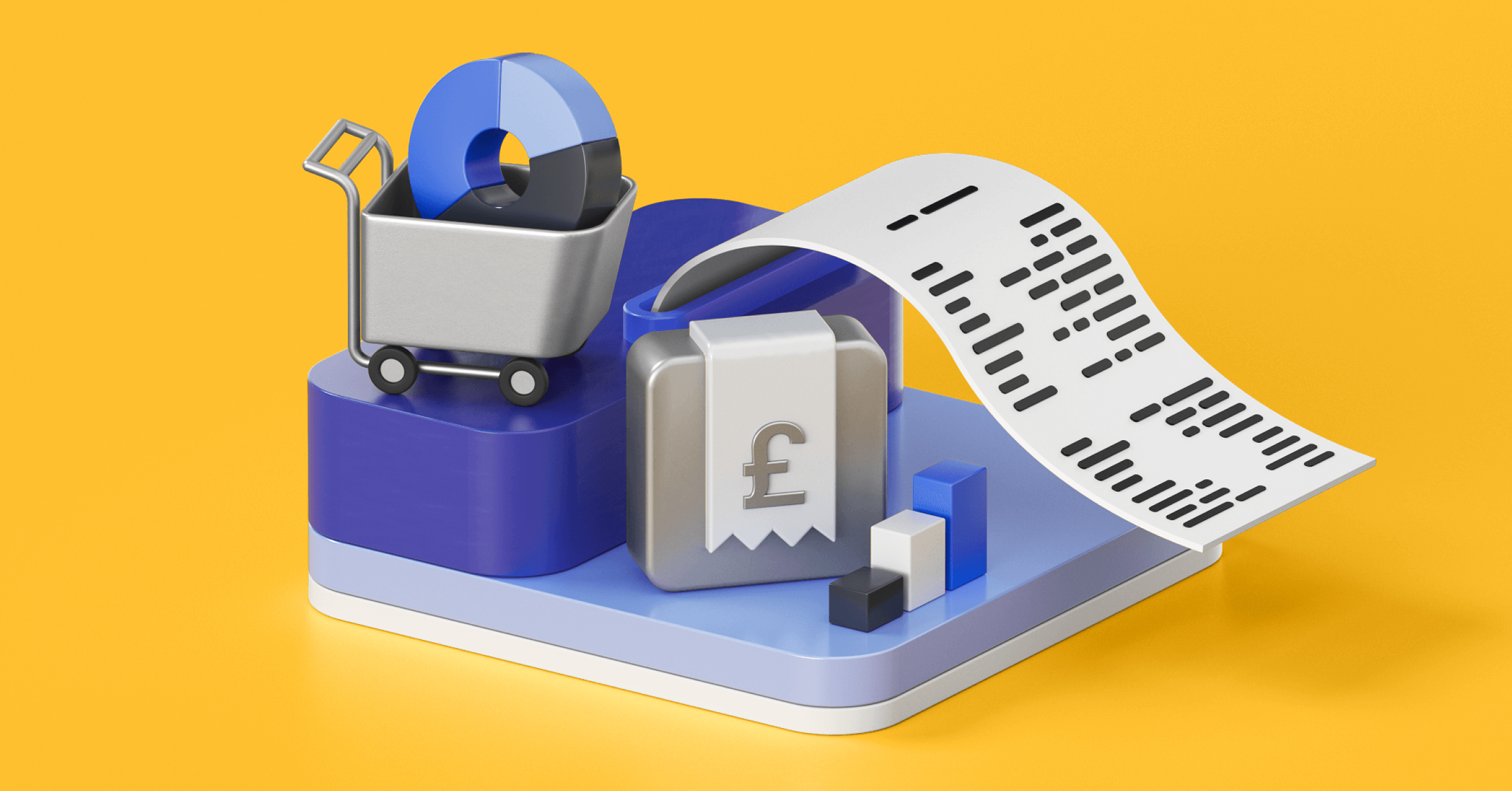• 4 MIN READ
E-Commerce Trends to Keep an Eye Out For in 2022 in the UK
June 15, 2022

In 2020, the UK’s e-commerce industry saw a turnover of roughly $105 billion, making it the fourth-largest e-commerce market in the world as well as the most advanced in Europe.
Before we consider some trends to look out for in the UK’s e-commerce market in 2022, let’s consider its current performance and forecasts for the coming years.
E-Commerce: The Story So Far and Predictions for the Future
The largest player in the UK’s e-commerce landscape is the fashion industry, accounting for 31% of online sales. Sitting at 19% is the hobbies, toys, and DIY industry, with media and electronics coming in a close third at 18%. The fourth-largest segment is food and personal care at 17%, while furniture and household appliances comprise the remaining 15%.
82% of the UK population made at least one online purchase during 2020, indicating a high market saturation that is only likely to grow.
Over the coming years, the UK e-commerce market is only expected to grow. Between 2021 and 2025, experts estimate that it will increase by more than 25% to a total market value of £260 billion.
This expected continued growth in the e-commerce market is a cause of concern for offline stores, with many wondering if physical sales will eventually be overtaken or replaced by online purchases. Whether this will be the case remains to be seen, but we can expect online penetration to be affected by factors such as internet accessibility and usage, demographic variables, price point, and more.
Payment Trends in E-Commerce in 2022
The use of digital wallets for e-commerce transactions is also expected to increase between now and 2025. In 2021, roughly 32% of e-commerce transactions were made using this method, beating credit cards at 27% and debit cards at 24%. In four years, digital wallets are expected to make up more than 34% of online purchases.
Buy Now, Pay Later (BNPL) financing plans are currently the United Kingdom’s most rapidly growing e-commerce payment method. In 2021, almost £13 billion was spent online in BNPL purchases. This figure is expected to reach more than £16 billion by the end of 2022 and is forecasted to double in value to £32 billion by 2025.
Mobile payments are another trend worth considering. By the end of 2020, at least 17 million people were registered for mobile payments in the United Kingdom. Current forecasts indicate that, by 2025, almost a quarter of the population will be using mobile payments.
Point-of-Sale Payment Trends in 2022
Point-of-sale (POS) payment trends are also worth consideration. Between 2021 and 2025, experts forecast that the POS market in the United Kingdom will rise by more than 23%, reaching a total transaction value of £1.2 trillion.
Popular payment methods at POS include mobile e-wallets and BNPL. By 2025, these rapidly growing methods of transaction are expected to make up 15% and 5% of in-store transactions, respectively.
What Challenges Will E-Commerce Face in 2022?
Now that we’ve considered UK e-commerce trends for 2022 and beyond, let’s also explore some of the challenges the British e-commerce market is likely to face this year.
Sustainable Development
Recent studies indicate that sustainability is a chief concern for British citizens, with nearly a third of consumers boycotting certain brands as a result of ethical concerns. This shows the importance of sustainability to the economic growth of the e-commerce section.
More than 60% of online shoppers based in the UK claim that they would reconsider purchases with clearer communication from companies regarding their stance on environmental sustainability.
Cultivating Positive Omnichannel Shopping Experiences
As e-commerce becomes more and more popular, customer expectations are driven higher and higher. A key part of this is embracing omnichannel shopping.
Integrating online shopping into mobile and desktop applications will be the next big challenge for British retailers. Retailers who emphasise cultivating a positive customer experience across these channels will find they perform better than others.
Incorporating Loyalty Programs and Subscription Purchases
Subscriptions and loyalty programs increase customer retention. During today’s competitive retail climate, offering such services can provide businesses with a necessary edge over their competitors. As such, loads of businesses across the country are looking for ways to integrate these programs into their existing business models.
Direct-to-Customer (D2C) Sales
E-commerce has made it easier than ever to sell directly to consumers. This means they can avoid third parties like resellers and intermediaries. More and more D2C markets are springing up all the time, selling everything from luggage and clothing to wellness and grooming products.
Pushing a Mobile-First Approach
An increasing number of consumers are shopping on the go from their mobile phones, making the need for attractive, user-friendly mobile apps and websites apparent. Businesses can also make use of texts, push notifications, and exclusive mobile content to improve the customer’s experience.
How Can Online Retailers Respond to Changing Customer Needs?
With so much change and progress on the horizon, how can the e-commerce industry keep up with the rapidly changing needs of the consumer? This is where Payrow comes in.
Payrow is an online paperless service that allows you to incorporate intuitive payment solutions into your e-commerce business. We offer:
- Quick and easy payments and refunds made from anywhere in the world.
- Secure transactions protected with PIN, Face ID, Touch, ID, and other technologies.
- Remote account opening, meaning no more standing around in lengthy bank queues.
All for a reasonable cost, with no hidden fees.
To benefit from Payrow’s services, including our upcoming automated tax processes, sign up today.